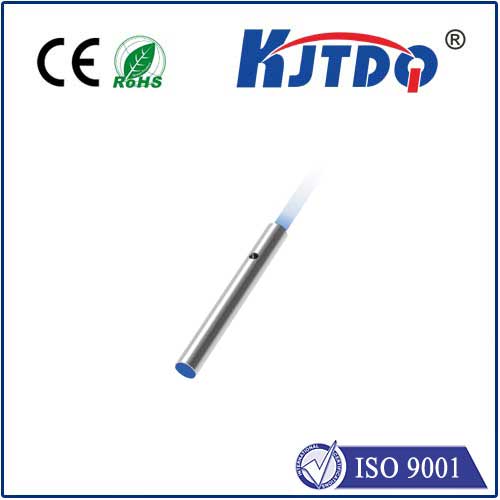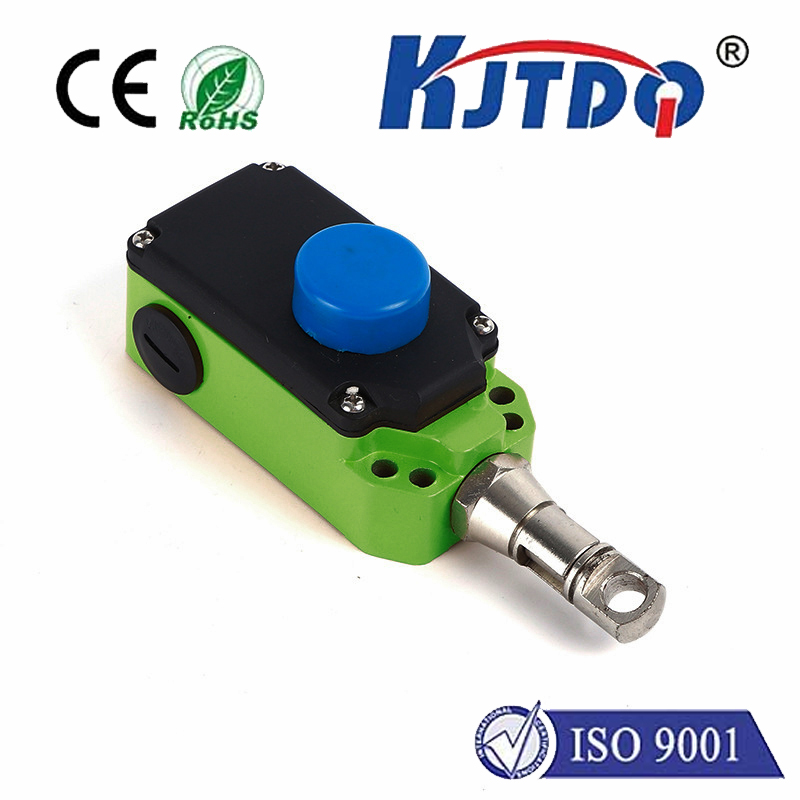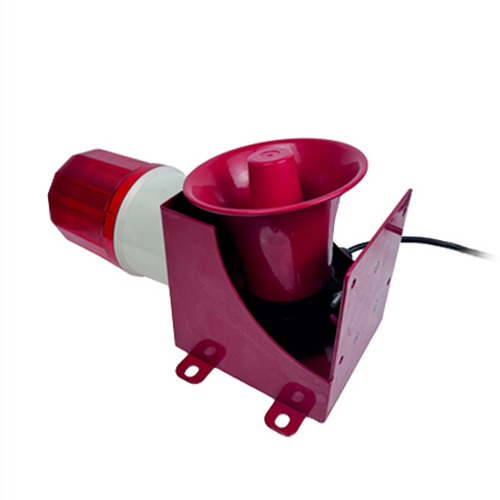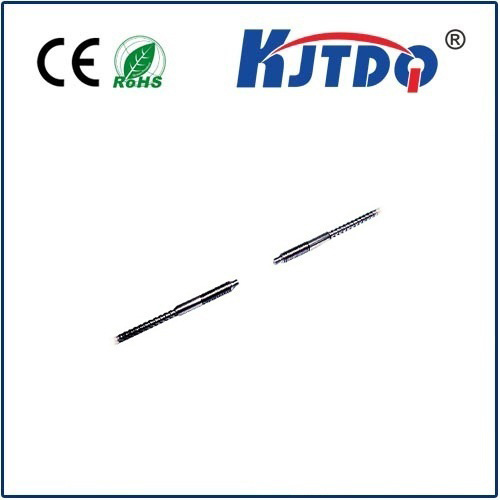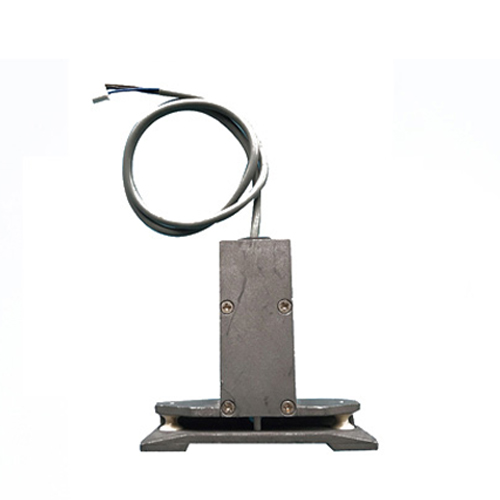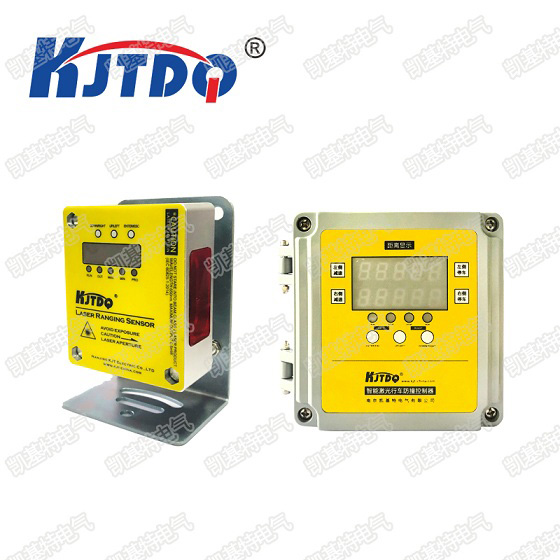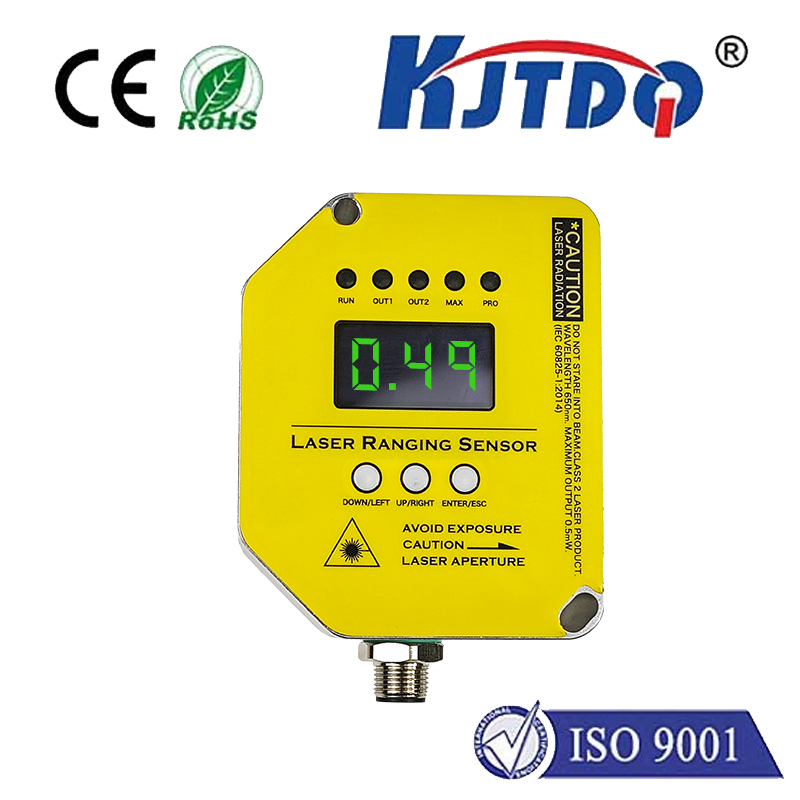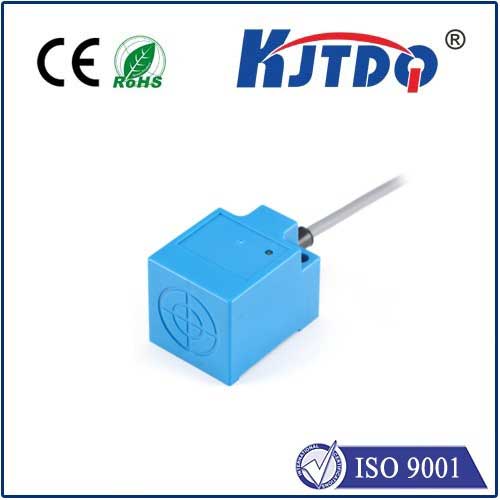infrared proximity sensor sharp gp2y0a21yk
- time:2025-07-12 01:10:27
- Click:0
Unlocking Distance Detection: The Power of Sharp GP2Y0A21YK Infrared Proximity Sensor
Imagine a robot smoothly navigating a cluttered room, an automatic door opening precisely as you approach, or industrial equipment halting instantly before a collision. What makes this intuitive interaction possible? Often, the silent hero is an infrared proximity sensor. Among the most trusted names in this field is Sharp’s GP2Y0A21YK, an analog output sensor renowned for its reliability in distance measurement applications ranging from just 10 cm up to 80 cm.
But what exactly powers this ubiquitous component, and why does the Sharp GP2Y0A21YK continue to be a popular choice for engineers and hobbyists alike? Let’s delve into the technology behind it and its practical strengths.
The Core Principle: Triangulation for Precision
Unlike simple presence detectors, the Sharp GP2Y0A21YK employs a sophisticated optical technique called triangulation to determine actual distance. Here’s the elegant process:

- Infrared Emission: A specialized infrared emitter (IRED) fires a focused beam of IR light towards a potential target.
- Reflection Capture: If an object is present within its detection cone, this IR light reflects off its surface.
- Position Sensing: The reflected light travels back to the sensor’s optical component. Crucially, it lands on a position-sensitive device (PSD). The physical spot where the reflected light lands on the PSD directly correlates with the distance to the object.
- Analog Output: The GP2Y0A21YK’s internal circuitry converts the position data from the PSD into a consistent analog voltage output. This voltage signal is inversely proportional to the distance – meaning a closer object yields a higher voltage, while a farther object results in a lower voltage.
GP2Y0A21YK Specifications and Key Features
Understanding the sensor’s capabilities is vital for selecting the right tool for the job. The Sharp GP2Y0A21YK offers a well-defined operating window:
- Detection Range: 10 cm to 80 cm (approximately 4 inches to 31.5 inches). It offers negligible response outside this range.
- Output Signal: Analog Voltage (typically varying between approximately 3.1V at 10cm and 0.4V at 80cm). This analog nature simplifies interfacing with microcontrollers (like Arduino) equipped with Analog-to-Digital Converters (ADCs).
- Supply Voltage: 4.5V to 5.5V DC. Optimized for standard 5V logic systems.
- Average Current Consumption: Around 30 mA. Efficient enough for battery-powered applications when managed correctly.
- Response Time: Approximately 38 ms ± 10 ms. Enables real-time detection for dynamic applications.
- Compact Form Factor: Small size facilitates easy integration into diverse product designs.
What Truly Sets the GP2Y0A21YK Apart? Practical Advantages
Several features make this Sharp sensor a persistent favorite:
- Robust Performance: Engineered for consistent operation, delivering stable readings within its specified range when correctly calibrated and shielded from intense ambient IR interference.
- Relatively Simple Interfacing: The analog voltage output means you usually only need a single microcontroller ADC pin to read the distance data – no complex communication protocols like I2C or SPI are required.
- Non-Contact Sensing: Provides distance data without physical touch, making it ideal for applications demanding cleanliness or avoiding mechanical wear.
- Effective Object Detection: Highly adept at detecting solid objects within its cone, a fundamental requirement for obstacle avoidance and presence sensing. Its performance can vary with material and surface properties, but generally handles common surfaces well.
- Cost-Effectiveness: Offers excellent value for its capability and reliability, making it accessible for both prototyping and volume production.
Where Does the Sharp GP2Y0A21YK Shine? Key Applications
The combination of analog output, reliable range, and solid performance opens doors to numerous applications:
- Robotics & Drones: Fundamental for obstacle avoidance, cliff detection (preventing falls), and docking maneuvers. Autonomous Guided Vehicles (AGVs) heavily rely on sensors like this for navigation.
- Automation & Industrial Control: Proximity detection for machine safety interlocks, object counting on conveyors, and level sensing in bins or containers.
- Consumer Electronics & Appliances: Enabling touchless interaction in automatic soap/sanitizer dispensers, paper towel dispensers, touchless faucets, and hand dryers. Also used in some robotic vacuum cleaners.
- Security Systems: Part of presence detection mechanisms, triggering alarms or activating devices.
- Interactive Installations: Detecting user presence or position for engaging museum exhibits or interactive displays.
- Medical & Assistive Devices: Used in some equipment for proximity alerts or non-contact control.
Important Considerations for Optimal Use
To harness the full potential of the GP2Y0A21YK, keep these points in mind:
- Ambient IR Light: Bright sunlight or strong incandescent lighting can flood the sensor with IR, potentially causing erratic readings or reduced range. Careful shielding or mounting is often necessary.
- Object Properties: Performance can be influenced by an object’s color, surface texture, and material. Highly reflective surfaces might return stronger signals over longer distances, while very dark or matte black surfaces can absorb IR light, reducing the effective range. Think of matte black fabric versus a white wall.
- Calibration: The analog output curve (distance vs. voltage) is non-linear. Mapping the sensor’s output accurately to distance units requires careful calibration using known distances. This often involves creating a lookup table or implementing a calibration function in your code. Don’t expect a perfectly linear relationship.
- Electrical Noise: Using stable power sources and potentially adding decoupling capacitors near the sensor can help ensure clean analog readings.
The enduring appeal of the Sharp GP2Y0A21YK infrared proximity sensor lies in its effective distance sensing capability through triangulation, its straightforward analog output readable by common microcontrollers, and its proven reliability within the 10-80 cm range. While modern alternatives like time-of-flight (ToF) sensors offer different advantages (like longer range or digital output), the GP2Y0A21YK remains a highly practical, cost-effective, and widely understood solution for countless applications demanding non-contact distance measurement. Its legacy as a workhorse sensor in robotics, automation, and interactive devices is firmly established, providing a robust foundation for bringing proximity awareness to diverse projects.













